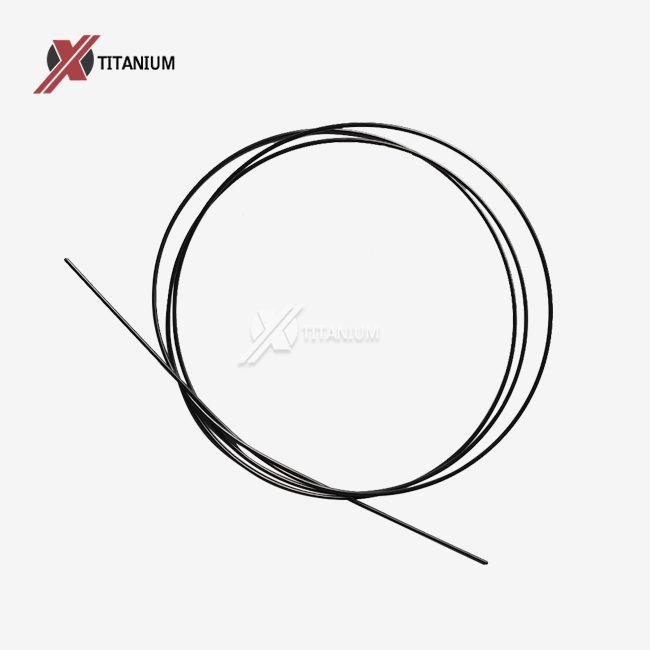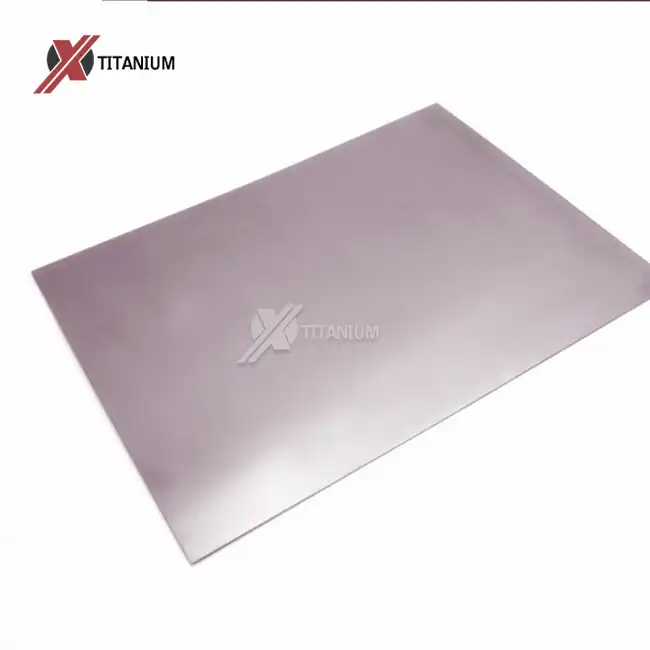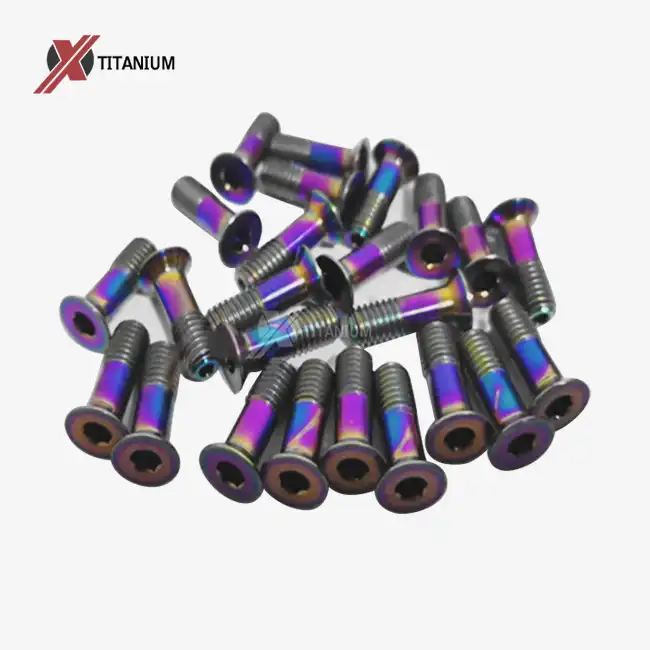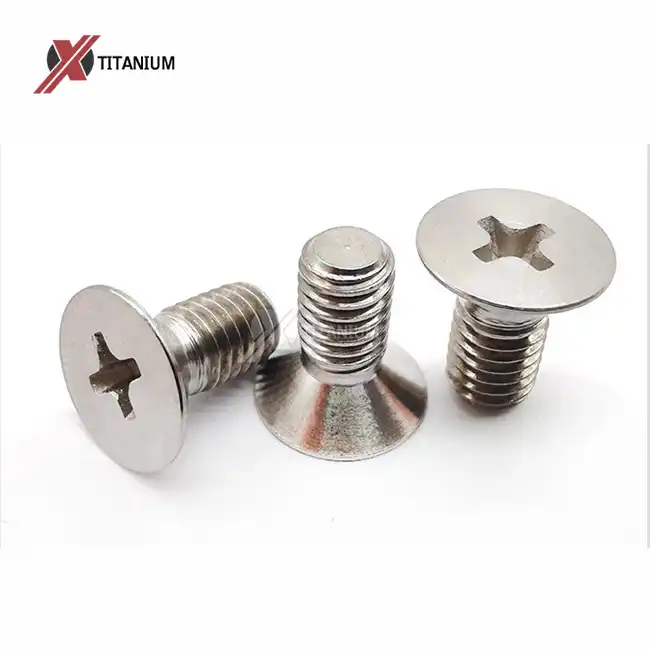- English
- French
- German
- Portuguese
- Spanish
- Russian
- Japanese
- Korean
- Arabic
- Greek
- German
- Turkish
- Italian
- Danish
- Romanian
- Indonesian
- Czech
- Afrikaans
- Swedish
- Polish
- Basque
- Catalan
- Esperanto
- Hindi
- Lao
- Albanian
- Amharic
- Armenian
- Azerbaijani
- Belarusian
- Bengali
- Bosnian
- Bulgarian
- Cebuano
- Chichewa
- Corsican
- Croatian
- Dutch
- Estonian
- Filipino
- Finnish
- Frisian
- Galician
- Georgian
- Gujarati
- Haitian
- Hausa
- Hawaiian
- Hebrew
- Hmong
- Hungarian
- Icelandic
- Igbo
- Javanese
- Kannada
- Kazakh
- Khmer
- Kurdish
- Kyrgyz
- Latin
- Latvian
- Lithuanian
- Luxembou..
- Macedonian
- Malagasy
- Malay
- Malayalam
- Maltese
- Maori
- Marathi
- Mongolian
- Burmese
- Nepali
- Norwegian
- Pashto
- Persian
- Punjabi
- Serbian
- Sesotho
- Sinhala
- Slovak
- Slovenian
- Somali
- Samoan
- Scots Gaelic
- Shona
- Sindhi
- Sundanese
- Swahili
- Tajik
- Tamil
- Telugu
- Thai
- Ukrainian
- Urdu
- Uzbek
- Vietnamese
- Welsh
- Xhosa
- Yiddish
- Yoruba
- Zulu
Nickel Titanium Memory Wire in Dentistry: Benefits and Innovations
Nickel titanium memory wire, also known as Nitinol, has revolutionized the field of dentistry with its unique properties and versatile applications. This innovative material has transformed orthodontic treatments, endodontic procedures, and dental implants, offering superior performance and patient comfort. The shape memory effect and superelasticity of nickel titanium alloys have enabled the development of more efficient and less invasive dental techniques. From orthodontic archwires that apply consistent force to self-expanding stents in endodontics, nickel titanium memory wire continues to drive advancements in dental care, improving treatment outcomes and patient experiences.

The Fundamentals of Nickel Titanium Memory Wire in Dentistry
Properties and Characteristics
Nickel titanium memory wire possesses a unique combination of properties that make it ideal for dental applications. Its shape memory effect allows it to return to a predetermined shape when heated, while its superelasticity enables it to undergo large deformations without permanent damage. These characteristics are particularly valuable in orthodontics, where the wire can apply consistent, gentle forces to move teeth over time.
The biocompatibility of nickel titanium alloys is another crucial factor in their dental use. The material's resistance to corrosion in the oral environment and its compatibility with human tissues make it safe for long-term use in the mouth. Additionally, the low elastic modulus of nickel titanium wire allows for more precise control of forces applied to teeth, reducing patient discomfort and improving treatment efficiency.
Manufacturing Processes
The production of nickel titanium memory wire for dental applications involves sophisticated manufacturing techniques. Cold rolling and hot rolling processes are employed to create wires of various diameters and cross-sectional shapes. Annealing treatments are crucial in imparting the desired shape memory and superelastic properties to the wire.
Surface treatments play a significant role in enhancing the wire's performance. Techniques such as pickling, acid cleaning, and sandblasting are used to achieve specific surface characteristics. These processes can improve the wire's biocompatibility, reduce friction in orthodontic applications, and enhance its aesthetic appearance.
Quality Control and Testing
Rigorous quality control measures are essential in the production of nickel titanium memory wire for dental use. Hardness tests ensure the material meets the required strength specifications, while bending tests evaluate its flexibility and shape memory properties. Hydrostatic testing may be employed to assess the wire's resistance to deformation under pressure.
These quality assurance processes are critical in maintaining the high standards required for dental applications, ensuring that each batch of nickel titanium wire meets the exacting needs of dental professionals and patients alike.
Applications and Innovations in Orthodontics
Archwires and Brackets
The use of nickel titanium memory wire in orthodontic archwires has been a game-changer in the field. Traditional stainless steel wires require frequent adjustments to maintain the desired force on teeth. In contrast, nickel titanium archwires can apply a constant, gentle force over a wide range of deflections, thanks to their superelastic properties. This results in more efficient tooth movement and reduced patient discomfort.
Innovations in bracket design have also incorporated nickel titanium alloys. Self-ligating brackets with nickel titanium clips offer advantages such as reduced friction, faster wire changes, and potentially shorter treatment times, especially when used in combination with China nickel titanium memory wire.The shape memory effect of the alloy allows these clips to securely hold the archwire while still permitting necessary tooth movement.
Clear Aligner Auxiliaries
While clear aligners have gained popularity for their aesthetic appeal, they sometimes require additional force to achieve specific tooth movements. Nickel titanium auxiliaries, such as springs or buttons, can be used in conjunction with clear aligners to enhance their effectiveness. These auxiliaries can apply targeted forces to individual teeth, addressing limitations of aligner-only treatment.
Expansion Devices
Palatal expanders made from nickel titanium memory wire offer advantages over traditional screw-type expanders. The constant force application of nickel titanium can result in more physiologic expansion of the palate, potentially reducing patient discomfort and improving stability of the expansion. Some designs incorporate temperature-activated nickel titanium expanders, which can be easily deactivated by the patient using cold liquids for temporary relief if needed.
Advancements in Endodontics and Restorative Dentistry
Endodontic Files
Nickel titanium rotary files have transformed root canal treatments. The flexibility of nickel titanium allows these files to navigate curved root canals more easily than traditional stainless steel files, reducing the risk of canal transportation and perforation. The enhanced cutting efficiency and resistance to fracture of nickel titanium files have improved the speed and safety of root canal procedures.
Recent innovations include heat-treated nickel titanium files with enhanced fatigue resistance and controlled memory properties. These advanced files can pre-bend to follow complex canal anatomies, further improving their performance in challenging cases.
Post Systems
In restorative dentistry, nickel titanium has been utilized in the development of novel post systems for endodontically treated teeth. The superelasticity of nickel titanium posts allows them to flex with the natural movement of the tooth, potentially reducing the risk of root fracture. Some designs incorporate shape memory properties, enabling the post to expand slightly after placement for improved retention.
Surgical Instruments
The unique properties of nickel titanium memory wire have also found applications in dental surgical instruments. Retractors and spreaders made from nickel titanium can provide consistent, gentle force during procedures, potentially reducing tissue trauma. The material's shape memory effect allows for the development of compact instruments that can expand to full size once inserted into the surgical site.
Nickel titanium's corrosion resistance and ability to withstand repeated sterilization cycles make it an excellent choice for reusable dental instruments, contributing to sustainability in dental practices.
Conclusion
Nickel titanium memory wire has undeniably transformed the landscape of modern dentistry. Its unique properties of shape memory and superelasticity have enabled significant advancements in orthodontics, endodontics, and restorative dentistry. From more efficient and comfortable orthodontic treatments to improved root canal procedures and innovative dental implant solutions, nickel titanium continues to drive progress in dental care. As research in materials science progresses, we can anticipate further innovations leveraging the exceptional characteristics of nickel titanium alloys, potentially leading to even more sophisticated dental treatments and improved patient outcomes in the future.
For those seeking high-quality nickel titanium memory wire for dental applications, Baoji Chuanglian New Metal Material Co., Ltd. offers superior products tailored to the exacting needs of the dental industry. With over a decade of experience in titanium product manufacturing and research, our company provides nickel titanium wire that meets the highest standards of quality and performance. To learn more about our nickel titanium memory wire and other titanium products, please contact us at info@cltifastener.com or djy6580@aliyun.com.
FAQ
What makes nickel titanium memory wire ideal for dental applications?
Its shape memory effect, superelasticity, biocompatibility, and corrosion resistance make it perfect for orthodontic and endodontic uses.
How is the quality of nickel titanium wire for dental use ensured?
Through rigorous testing including hardness tests, bending tests, and hydrostatic tests.
Can nickel titanium wire be used with clear aligners?
Yes, it can be used as auxiliaries to enhance the effectiveness of clear aligner treatments.
What are the advantages of nickel titanium endodontic files?
They offer greater flexibility, improved navigation of curved canals, and enhanced cutting efficiency.
References
1. Thompson, S. A. (2000). An overview of nickel–titanium alloys used in dentistry. International Endodontic Journal, 33(4), 297-310.
2. Kapila, S., & Sachdeva, R. (1989). Mechanical properties and clinical applications of orthodontic wires. American Journal of Orthodontics and Dentofacial Orthopedics, 96(2), 100-109.
3. Shen, Y., Zhou, H. M., Zheng, Y. F., Peng, B., & Haapasalo, M. (2013). Current challenges and concepts of the thermomechanical treatment of nickel-titanium instruments. Journal of Endodontics, 39(2), 163-172.
4. Pereira, E. S. J., Gomes, R. O., Leroy, A. M. F., Singh, R., Peters, O. A., Bahia, M. G. A., & Buono, V. T. L. (2013). Mechanical behavior of M-Wire and conventional NiTi wire used to manufacture rotary endodontic instruments. Dental Materials, 29(12), e318-e324.
5. Kusy, R. P. (1997). A review of contemporary archwires: their properties and characteristics. The Angle Orthodontist, 67(3), 197-207.
Learn about our latest products and discounts through SMS or email



